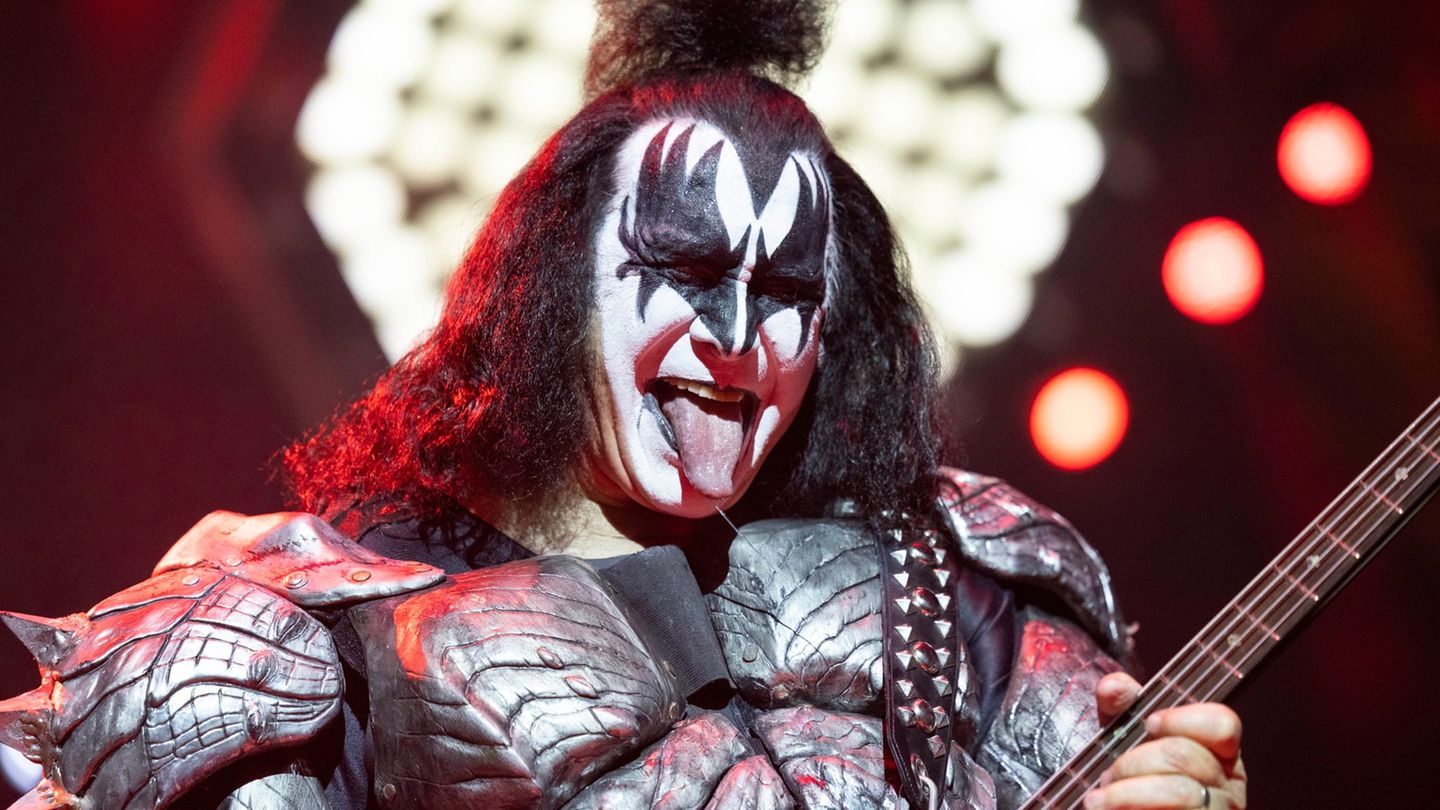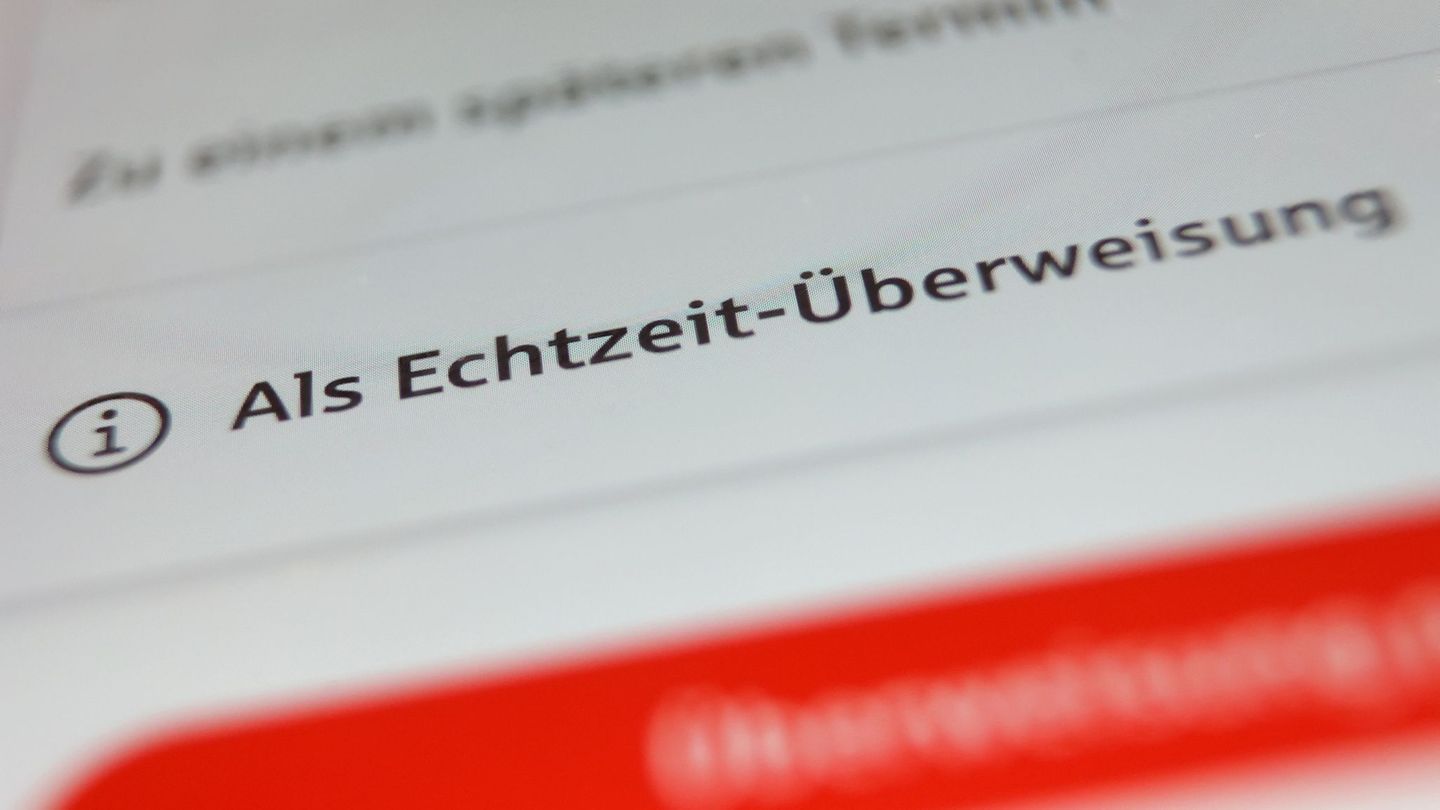I’m Caroline, a journalist and author for 24 Hours Worlds. I specialize in health-related news and stories, bringing real-world impact to readers across the globe. With my experience in journalism and writing in both print and online formats, I strive to provide reliable information that resonates with audiences from all walks of life.
Menu
WHO annual conference: This contract should prevent the next pandemic
Categories
Most Read
Horses: the largest, smallest, most expensive – seven curious facts
October 8, 2025
No Comments
Buy popular Philips toothbrush at Prime Day at half price
October 8, 2025
No Comments
Protect assets: How to protect Grandma’s house and good
October 7, 2025
No Comments
Guard when falling asleep – quite normal or questionable?
October 6, 2025
No Comments
Nivea Advent calendar in the test: This is behind the 24 doors
October 6, 2025
No Comments
Latest Posts

Rocker: Gene Simmons after accident: “bad driver” – but I’m OK
October 9, 2025
No Comments
Lisa HarrisI am an author and journalist who has worked in the entertainment industry for over a decade. I currently work as a news editor

New rules from October 9th: More protection for bank customers when making transfers in seconds
October 9, 2025
No Comments
AngelicaI am an author and journalist who has written for 24 Hours World. I specialize in covering the economy and write about topics such as

Three questions, three answers: Biggest IPO of the year? Ottobock issues shares
October 9, 2025
No Comments
AngelicaI am an author and journalist who has written for 24 Hours World. I specialize in covering the economy and write about topics such as
24 Hours Worlds is a comprehensive source of instant world current affairs, offering up-to-the-minute coverage of breaking news and events from around the globe. With a team of experienced journalists and experts on hand 24/7.

